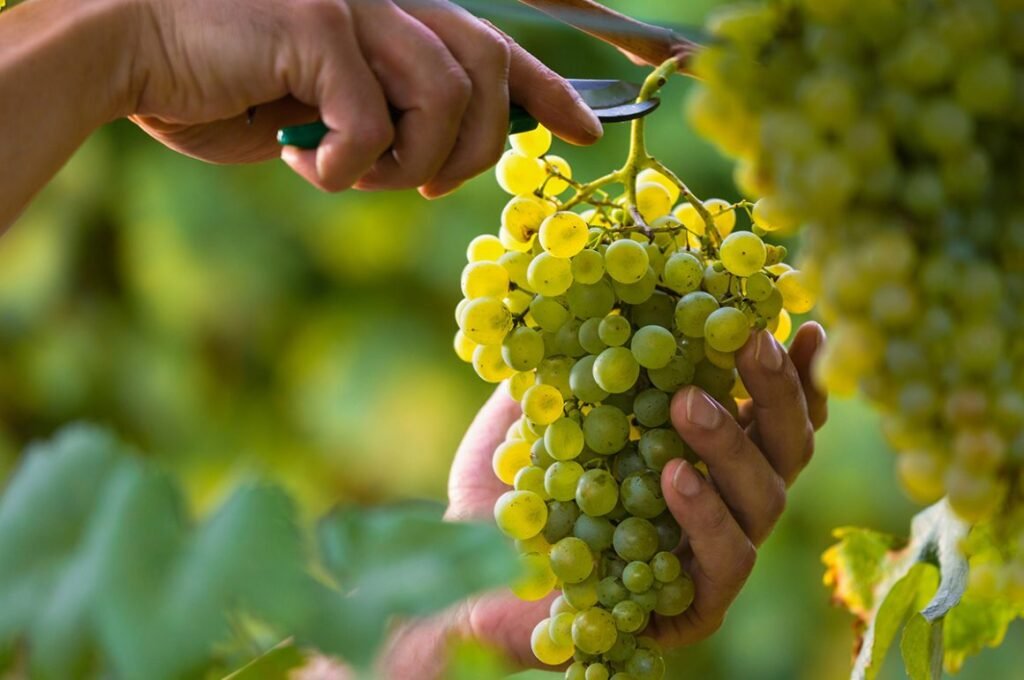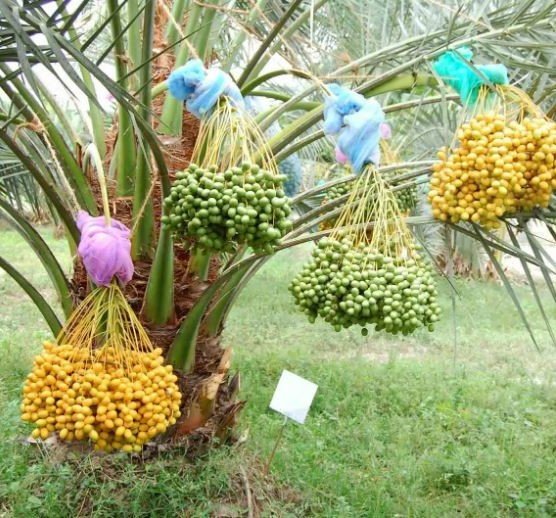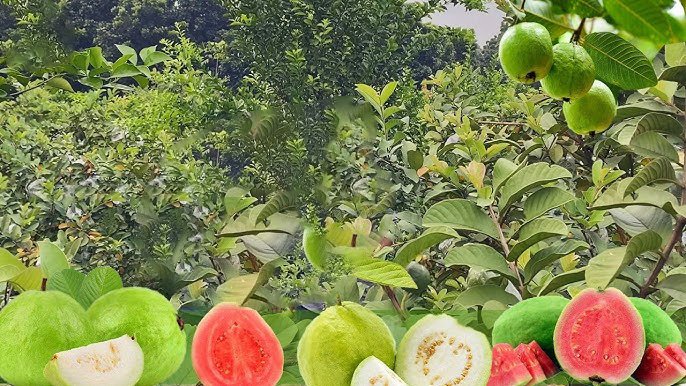Coconut is one of the main cash crops of Bangladesh. It is a tree whose every part will be of direct or indirect use in public life at some point or the other. The varieties of coconut currently available in our country are mainly tall, the yield is relatively low, the number of fruits obtained is 50-60 fruits per year and it normally takes 7 to 8 years to get the yield. Hence, emphasis is being placed on new ‘DJ (fully) and dwarf’ (short) varieties of coconut plantations, so that coconut yields can be grown quickly, in less space, even under roofs. At the end of three years, the height of the coconut tree will be two to two and a half feet. This new breed of coconut tree will start flowering in 2.5 to 3 years if properly cared for.
The tree will flower three to four times a year. The yield is almost three times that of our indigenous varieties. Proper care will yield about 200-250 coconuts per year. A tree will live 20 to 25 years. Smaller varieties of Vietnamese cans have relatively high water content. Generally, short varieties of coconut trees can be planted in all types of soil.
Apart from that, this type of tree can tolerate salinity much more. Maintenance is also easy as the plant is shorter. Already, planting of coconut trees of this short variety has started in various districts of the country including Barisal, Barguna, Patuakhali, Pirojpur, Bagerhat, Khulna, Dinajpur, Kushtia, Meherpur. Apart from this, trees of this variety have also been planted in the hilly areas of Bandarban, Rangamati district.
Caste
The short varieties coming from Vietnam are mainly cultivated to adapt to the climate of Bangladesh. These two types are-
Siam Blue Coconut
It is a very popular variety. It was invented in Vietnam in 2005. Seedling is very popular with farmers. The color of the fruit is yellow, the weight of each is 1.-1.5 kg, and the amount of water in the can is 200-350 ml. Dub water is very sweet and its shelf life is long so this type of Dub can be exported abroad. 130-210 fruits per tree per year.
Siamese Green Coconut
It is very popular for use as a dub. The color of the pods of this variety is slightly green, the size is slightly small, and each weight is 1.0-1.3 kg. 250 to 300 ml of drink is available in this type of can. 150-200 fruits per tree per year.
Soil
All types of soil from drained loam to sandy loam are suitable for coconut cultivation. Generally, if you make a hole about 1.5 meters wide and 1.5 meters deep and fill it with organic manure, the growth of the tree will be good.
Making holes and applying fertilizers
After making a hole with a depth of 1 meter and keeping it in the sun for 4-5 days, in each hole rotted cow dung 30-40 kg, earthworm manure 2 kg, neem Kheli 500 gm, TSP 350 gm, MOP 350 gm, zinc sulfate 100 gm, boron Or boric acid, 200, furadan or carbofuran 50 grams and carbendazim group fungicide 10 grams should be applied.
50 grams of furadan should be applied per hole to protect seedlings from soil-borne insects. After mixing everything with the soil, within 12-15 days, plants should be planted and the holes should be filled. After filling, the hole should be wetted with water so that all the fertilizers and other ingredients mix well with the soil. 10-15 cm wide filling of the bottom of the pit with coconut husks will help in air circulation and rooting.
Planting seedlings in a drum or garden
The coconut sapling should be planted in the center of the hole in such a way that the part of the sapling near the coconut shell is above the soil. At the time of planting, the soil should be pressed down well so that the seedling can stand firmly.
Fertilizer and irrigation management
Fertilizer should be applied at the following rates every 3 months after planting. Fertilizers should be applied in 30-40 cm wide and 20 cm deep channels at a distance of 30 cm from the root of the seedling. Next time fertilizer should be applied at a distance of 5-7 cm from the root of the seedling than the previous time. After application of fertilizer, the root of the plant should be wetted with 15-20 liters of water.
Regular irrigation should be done by mulching with straw or kachuripana during the dry season.
a) Rotten dung (kg) – 50 kg for the first 03 years. 30 kg from the fourth year onwards.
b) Ash (kg) – 40 kg per year.
c) Earthworm fertilizer (kg) 3 kg for the first three years. 5 kg from the fourth year onwards.
d) Bone Powder/Dry Powder (kg) – 2 kg per year.
e) Urea (grams) – 600 grams in the first year. It will increase by 200 grams every year. 1200 grams from the fourth year onwards.
f) TSP (grams) – 300,400,600 grams respectively for the first three years. 800 grams from the fourth year onwards.
g) MOP (grams) – 600, 750, and 1200 grams respectively for the first three years. 1400 grams from the fourth year onwards.
h) Gypsum/magnesium (grams) – 100 grams in the first year. 150 grams from the latter.
i) Boron (grams) – 50 grams in the first year. 100 grams from next year.
Disease and pest control management
(I)Bud rot
In the early stages of the disease, mix 4 to 5 grams of propineb and mancozeb group insecticides per liter of water and spray 2-3 times at the base of the buds after 21 days.
(ii)Fruit rot disease
Mancozeb group of pathogens should be mixed at the rate of 2 grams per liter of water and sprayed well on the affected areas.
(iii)Leaf blight
Adequate application of fertilizers but timely irrigation and drainage reduces disease attack. If the attack is more, propiconazole group insecticide should be sprayed 3 times after 15 days.
(iv)Rhinoceros beetle
Insects can be easily removed or killed by inserting an iron spike into the hole in the affected plant. Insecticides of the organophosphorus group will be killed by injecting the organo-phosphorus group insecticides through the puncture route.
(v)Coconut mite
Sanmectin/Vertimec/Omite 4.5 ml to 10 liters of water should be sprayed after cleaning the tree. Besides, cutting 3/4 of fresh coconut roots and dipping them in a bottle of Sanmectin/Vertimec/Omite mixture and covering them with soil can effectively suppress coconut mites.
Place of receiving seedlings
The Directorate of Agriculture Extension has Horticulture Centers all over the world. Vietnamese short varieties of coconut seedlings are available at horticulture centers.




